What are the Advantages and Disadvantages of Fire Retardant Drapes and Curtains?
Fire-resistant drapes and curtains offer a powerful defense against fire, outperforming traditional options in slowing its spread. Fire safety has become a growing concern, affecting an average of 20.8 cases per 1000 residential homes and workplaces(from CTIF). The good news? Fire fatalities can effortlessly be preventable, and fire-resistant curtains can help. This article lists fire-retardant curtains' advantages and disadvantages for your home and workplace’s safety.

The Advantages of Fire Retardant Drapes and Curtains
Getting fire-resistant curtains is prudent for the following reasons:
1). Improved Fire and Smoke Containment
Fire-retardant drapes and curtains can help prevent quick fire spread, making containing it more effortless through compartmentation. This technique involves dividing a space into sections, providing occupants more time to evacuate safely. Hybrid curtain and drape varieties can even help contain smoke that can retard evacuation and response efforts. Some have more sophisticated mechanisms, typically descending to block off openings that pave the way for smoke spread.

2). Hard-to-Compromise and Resistant Materials
Some materials used in making fire-retardant curtains, including fiberglass infused with fire-resistant coatings, don't burn quickly. Unlike most cotton or silk curtains, hard-to-compromise materials don't contribute to escalating fires. Fire-resistant curtains and drapes also improve fire-suppression equipment's efficiency, making fire-fighting operations more fruitful.
3). Better Aesthetics
Bulky fire doors, fire-extinguisher cabinets and fire-resistance glazing may be essential in fighting fires but have an obstructive presence. Having them in your home or office can be prudent, but fire-resistant curtains offer better space efficiency and design flexibility. Nonetheless, please assess the possible severity and frequency of fires as an option that replaces all other fire-control installations before installing fire-retardant curtains.
4). Fire safety compliance
Fire-resistant curtains help meet specific fire safety standards and codes. They undergo rigorous testing and are a part of active fire protection systems. Most housing codes require active fire prevention; fire-retardant curtains can help ensure that.
5). Durability
Fire-resistant drapes and curtains are typically durable. They feature materials that withstand high temperatures, direct sunlight exposure and other degrading environmental elements. They're a worth-thebest-bang purchase that can save you frequent trips to the shops purchasing new curtains.

The Disadvantages of Fire-Retardant-Curtains and Drapes
While fire-resistant curtains and drapes offer numerous advantages, they still have downsides. Here are the disadvantages of fire-resistant curtains and drapes:
1). Higher Cost
Unlike conventional curtains, fire-resistant types are typically expensive. Hybrid varieties may also require specialized installation, further raising the costs. Such high costs can significantly deter some individuals and businesses.
2). Complacency in Fire-Prevention
Fire-resistant curtains may be effective in preventing the spread of fire and smoke. However, they don't put out fires, and solely depending on them for fire prevention can be misleading. It's prudent to always consider fire-resistant curtains as one fire-prevention mechanism alongside others rather than relying entirely on them.
Conclusion
Fire-retardant curtains offer practical fire spread prevention. They also compartmentalize buildings to suppress smoke movement through windows, doors and other openings. These installations can help improve rescue efforts' efficiency. To play it safe, please don't forget to have fire safety equipment handy to help reinforce your fire prevention as you install fire-resistant curtains.


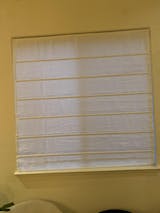


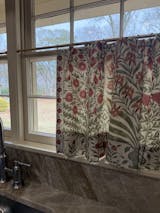






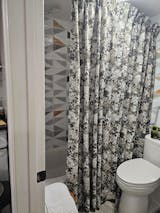

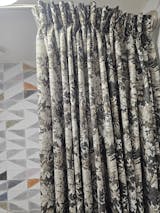

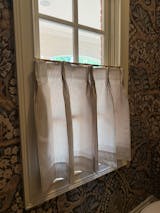



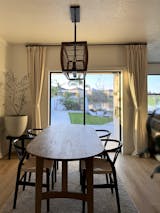

Leave a comment